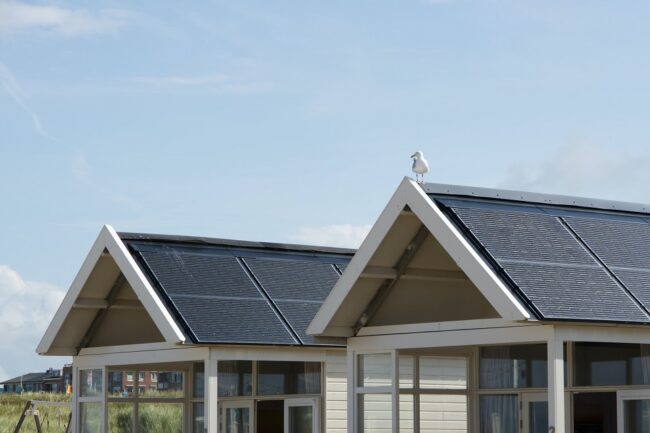
Solar energy is a valuable power resource that allows you to use a renewable alternative while lowering your carbon footprint. Solar panels form a vital foundation in the shift toward more sustainable living. This trend is evident in the most recent statistics showing that about 9% of residential energy utilised in Australia is solar energy- and this number continues to grow annually.
While a generic solar system typically includes solar panels, an inverter, and an optional solar battery, not all systems are alike. The main difference stems from the need to scale the size of the system to the end user’s needs. Therefore, if your energy needs are more significant than your neighbours’, your solar system is likely to be larger. As a result, the size of the solar system you select is crucial.
Below is a guide demonstrating how to calculate the best size solar system for your home:
1.Calculate Your Budget
The size of the solar system you can get depends on the amount you plan to spend on installation.
When determining your budget, you must consider two things:
- Your energy needs and the size and number of solar panels you will need to meet them.
- The need for a solar inverter and possibly a solar battery.
However, if you discover that your anticipated costs will exceed your purchasing power, you can also take advantage of available interest-free payment plans to help you cover the difference. This alternative can be more advantageous as it allows you to pay less than what you save while using solar panels.
2.Work Out Your Home’s Energy Usage
Determining your home’s current daily energy usage allows you to find out the number of panels you will need to meet your requirements. In turn, this number will determine the size of your solar system.
Calculating your home’s daily energy usage is a matter of perusing your electricity bill. If there is no summary displaying the daily amount but provides a monthly amount, you can divide that figure by 30 to determine your average daily usage.
3.Establish Your Daily Energy Target
Your solar system must be able to provide ample energy even during periods of heavy use. Therefore, it is crucial to account for fluctuating daily needs and the seasons that determine your panels’ level of sun exposure.
Consequently, you must set an estimate of 25% higher than your current everyday use to establish your daily energy target.
4.How Many Panels Will You Need?
The sum of solar panels you will need for an effective solar system relies on two primary factors:
- The quality of the panels- better quality panels have better energy generation capabilities; thus, you may require fewer to attain your goals.
- The amount of sunlight your home receives- the more average sunlight your area receives, the more optimal your solar system operation, thus allowing you to install a smaller one.
To calculate how many solar panels you may need, you must establish the watt usage. To do so, divide your home’s hourly energy utilisation by your daily use in kWh, then multiply the result by 1000. You can then divide your hourly usage by the solar panel wattage with this result. The final figure is the number of panels you will need.
You can present your calculation results to a qualified solar installer to verify and confirm the number of panels to install based on the quality, exposure, and efficiency of the solar panels available. The installer will also be able to determine the best installation angle for optimal energy generation.
As soon as you have gathered all the relevant information and made the necessary calculations, you can contact your local solar panel installer to initiate the selection and installation process. With the right size solar system in place, you will be able to enjoy a form of energy that is sustainable and beneficial to your pockets.
Stay Connected with Get News 360

